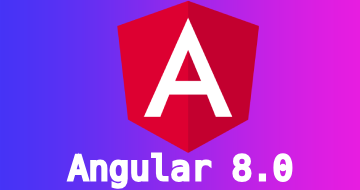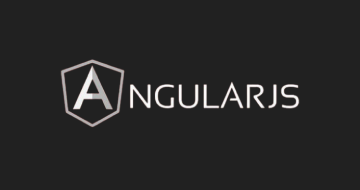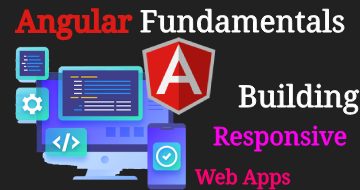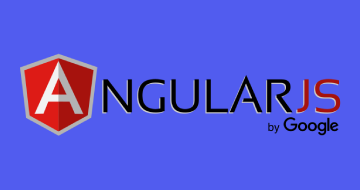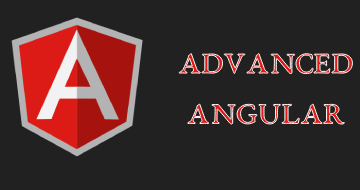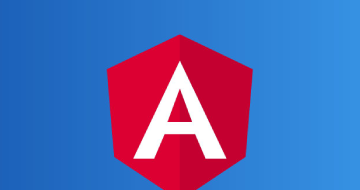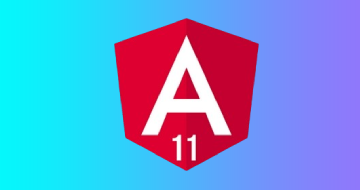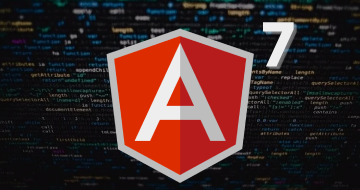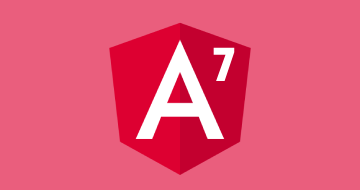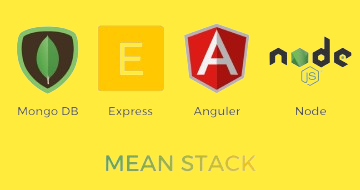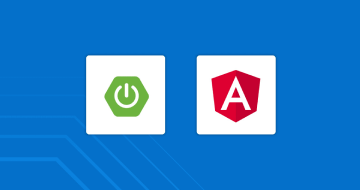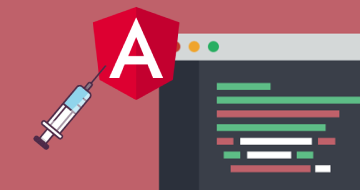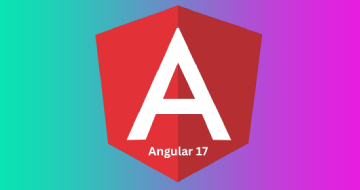IIRF Online > Development > Web Development > Angular > React JS, Angular & Vue JS - Quickstart & Comparison
React JS, Angular & Vue JS - Quickstart & Comparison by Udemy
Angular (Angular 2+), React or Vue? Get a Crash Course on each of them and a detailed comparison!
Course Highlights
- Choose their favorite JavaScript framework and dive deeper into it
- Understand the JavaScript world and its many packages and tools better
- Take their JavaScript apps to the next level
Skills you will learn!
Curriculum
19 Topics
Introduction
The Goal of this Course
Understanding the Role of JavaScript
The World of JavaScript
Join our Online Learning Community
Using Vanilla JavaScript & Understanding Its Limitations (1/3)
Using Vanilla JavaScript & Understanding Its Limitations (2/3)
Using Vanilla JavaScript & Understanding Its Limitations (3/3)
Analyzing the Vanilla JavaScript Solution
Improving the App with jQuery
More JavaScript Libraries: Adding Lodash
The Role of JavaScript Libraries
Libraries vs Frameworks
Using Vue.js (A JavaScript Framework)
Understand other Parts of the JavaScript World
JavaScript Versions and Languages - ES6 and TypeScript
Course Structure
Where to Find the Course Source Code
Module Resources
9 Topics
Module Introduction
JS Frameworks in Fullstack Applications
JS Frameworks in Single-Page-Applications
An Example for a Framework in a Fullstack Application
An Example for a Framework running a Single-Page-Application
Fullstack Approach - Pros and Cons
Single-Page-Application - Pros and Cons
Prerequisites for the Different JS Frameworks
Module Resources
34 Topics
Module Introduction
Creating a Basic Vue.js Application
In a Nutshell: How Vue.js Works
Handling Events and Updating the DOM
Rendering Content Conditionally
Outputting Lists
Binding HTML Attributes & Properties to Data
Styling Elements Dynamically
Setting CSS Classes Dynamically
Using Shorthands for v-bind and v-on
Using Multiple Vue Instances
Limitations of Multiple Vue Instances
Creating and Using Components
Passing Data into Components
Emitting Custom Events in Components
Template Restrictions
Two-Way-Binding to Input Fields
Time to Practice - Vue.js - Problem
Time to Practice - Vue.js - Solution
Creating Vue.js Projects with the Vue CLI
Why do we need Node.js and NPM?
Using the Vue CLI to Create Projects
Understanding the Project Folder
Understanding .vue Files
How the Application Gets Rendered
Creating Global Components with .vue Files
Creating Local Components
Scoping Styles to Components
Creating a Single Page Application (SPA)
Adding Routing to the Application
Linking with router-link
Routing and the Server-Side
Wrap Up
Module Resources & Further Resources
7 Topics
Module Introduction
The Big Picture
The Role of Node.js and NPM
Why do we need a Development Server?
How Webpack Works: Entry & Output
How Webpack Works: Modules Rules & Plugins
Wrap Up
30 Topics
Module Introduction
Using React.js to Create a Basic App
Understanding How React.js Works and JSX
Outputting Dynamic Content
Handling Events and Updating the DOM
Creating a First Component
Passing Data into Components (Props)
Creating Components using ES6 Classes
More about ES6
Using State in React.js Components
What Happens Behind the Scenes
Rendering Conditional Content
Outputting Lists
Setting Styles Dynamically
Setting CSS Classes Dynamically
User Input & Two-Way-Binding
Using Multiple Components
Dumb Components
Passing Data from Child to Parent
Time to Practice - React.js - Problem
Time to Practice - React.js - Solution
Switching to a Local Setup & SPA
Using the "create-react-app" Package
Understanding the Created Project
Using the Local Setup
Adding React Router and Routes for the App
Adding Links
The React Router and a Server
Wrap Up
Module Resources & Further Resources
32 Topics
Module Introduction
What It's Good at and What It's Not Good At
Understanding Angular Versioning
TypeScript
TypeScript - A Brief Introduction
Creating an Angular Project with the CLI
Understanding the Project Structure
Understanding the Role of Components and the App Component
How the App Starts
Understanding the App Module
Outputting Data with String Interpolation
Handling Events
Rendering Content Conditionally
Outputting Lists
Binding Data to (HTML and other) Properties
Adding Dynamic Styles to Elements
Adding CSS Classes Dynamically
When to use the * Syntax
Using Multiple Components
Passing Data Into Components
Emitting Custom Events From Components
Using Two-Way-Binding
Time to Practice - Angular - Problem
Time to Practice - Angular - Solution
Using the CLI to Generate Components
Nesting Multiple Components
Scoping Styles to Components
Adding Routing & Routes
Adding Links
The Angular Router and the Server
Wrap Up
Module Resources & Further Resources
11 Topics
Module Introduction
Possible Comparison Dimensions
Dimension 1: The Learning Curve
Dimension 2: Downscaling & Fullstack Applications
Dimension 3: Upscaling & SPAs
Dimension 4: Performance
Dimension 5: Ease of Deployment (The Way from Dev to Production)
Dimension 6: Popularity & Job Market
The Verdict
...What About jQuery?
Module Resources
2 Topics
Course Roundup
Bonus: More Content!
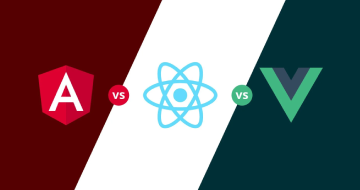
React JS, Angular & Vue JS - Quickstart & Comparison
